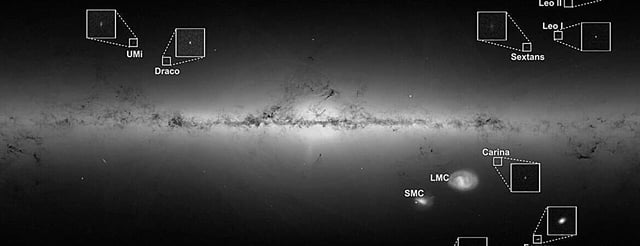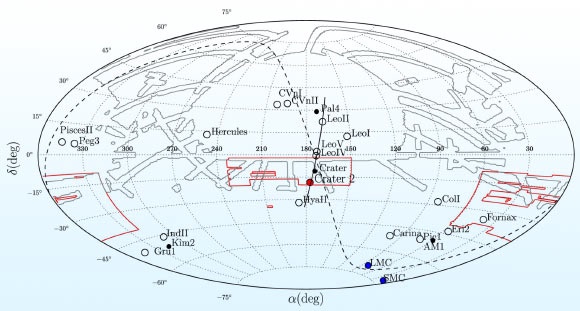Overview
- Crater 2, a satellite galaxy of the Milky Way, is located 380,000 light years from Earth.
- The galaxy's low density and large size challenge prevailing cold dark matter (CDM) theories.
- Researchers suggest self-interacting dark matter (SIDM) better explains Crater 2's properties.
- SIDM involves dark matter particles that interact and collide, creating a shallow density core.
- This theory aligns with Crater 2's observed orbit and low-density dark matter halo.

